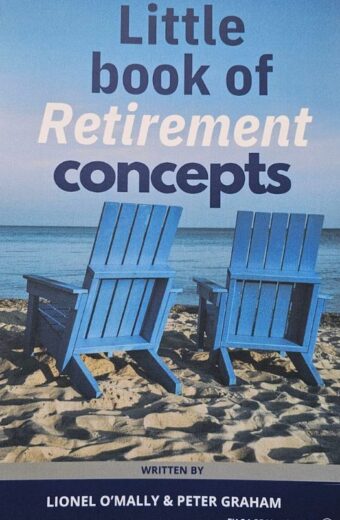![]()

Joshua Healy, University of Melbourne and Ruth Williams, University of Melbourne
Men and young people are more likely to be ageist, but few Australians are resolutely ageist in their views, our survey finds. By ageist, we mean having consistently negative attitudes about how older people are or should be.
To study Australians’ attitudes, we asked a sample of 1,000 people aged 18-70 years two general sets of questions about ageing and older people.
Read more:
Young workers expect their older colleagues to get out of the way
We first asked participants about what older people are like. One example of a statement we used is: “Many old people just live in the past”.
We then explored their views about how older people should act. For example: “Most older people don’t know when to make way for younger people”.
The survey participants indicated how strongly they agreed or disagreed with each of the statements.
Most Australians only agree with a handful of the ageist statements we posed. Very few Australians endorsed a majority of the statements (from 4 to 7% of the survey participants, depending on which form of ageism we ask about). So, ageism exists, but it is not a strongly-held prejudice for many Australians.
This is encouraging, given Australians aged 65 years and over now make up 15% of our population – and rising. By 2030, for the first time there will be more Australians in this older age bracket than in the youngest group (aged under 15 years).
This demographic shift means that more older Australians are staying in, or seeking to stay in, the workforce for longer. This is good news for governments worried that there will soon be too few people of working age for every retiree. In Australia, this number is going to keep falling: from 4.4 working-age people per retiree at present, to just 2.7 by 2050.
What forms of ageism?
The most common form of ageism in Australia is driven by beliefs about succession. This is the view that older people should actively make way for the young.
When they don’t, and instead hold onto resources and positions of power, older people are perceived negatively. We found this is the leading source of ageist sentiments in Australia today.
The next most common form of ageism involves stereotyping older people. This occurs when attitudes are formed by false, partial or obsolete beliefs, which often lead to discrimination. Our findings suggest that Australians have not yet abandoned their ageist stereotypes.
Read more:
Age discrimination in the workplace happening to people as young as 45: study
Ageism has a range negative consequences for individuals, businesses and our wider society. It means that we fail to fairly value and capitalise on the skills and perspectives of older generations. As a result their career options may be prematurely narrowed by ageist biases.
Earlier work from the Australian Human Rights Commission found that one in ten Australian businesses adopts an age hiring limit, refusing to hire anyone past an average age of 50 years.
In an ageing society, this is increasingly intolerable. Such discriminatory practices condemn older people to less engaged and less fulfilled lives, while depriving us all of the contributions they might have made.
Some more ageist than others
We found that men are significantly more ageist than women. Our study doesn’t determine why men are more ageist, but this may stem from differences by gender in caring responsibilities and empathy. Women still do much more of the caring that our ageing society needs, both formally within the aged-care workforce, and informally within their families.
We found the prevalence of ageism among younger people is most apparent for succession-based views, with people under 30 years of age being twice as likely as those over 50 years to agree with such statements.
This could be explained by young peoples’ views about how resources and status are unequally divided between generations of Australians. This view has been widely echoed in other recent news stories.
Tackling ageism in the workplace
The workforce is one obvious site where intergenerational tensions can play out, as older workers trying to stay in the workforce encounter younger workers looking to start their careers and climb the ladder.
In Australia today we have up to five different generations in the same workplace. This creates huge potential if managed well, but also risks considerable discord, if we fail to recognise and put an end to age biases.
Our survey findings suggest that Australia’s society and, by extension, our workplaces have not yet adapted themselves to meet the full potential of an ageing population. Progress is stymied by persistent ageism.
Workplace managers need to first confront their own attitudes and check that these do not reinforce ageist bias. We also need to challenge the notion of job competition between people of different ages and show how increasing older employment rates can be beneficial for the young.
More workplaces need to encourage workers to connect and collaborate across generations, and in doing so learn and teach each other new perspectives and skills.
Inside and outside the workforce, ageism is an unsolved problem. The costs of undervaluing older Australians are growing by the day as our population ages.
Joshua Healy, Senior Research Fellow, Centre for Workplace Leadership, University of Melbourne and Ruth Williams, Academic Convenor, Hallmark Ageing Research Initiative, University of Melbourne
This article was originally published on The Conversation. Read the original article.

